Sigiriya Fortress is also known as the “Sky Castle”. This site serves as an alluring outdoor museum that visitors cannot miss when visiting the island nation of Sri Lanka.
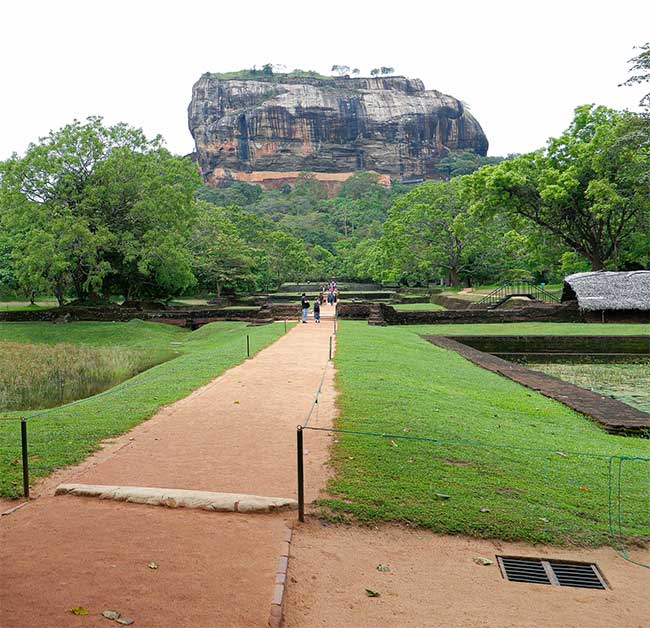
Sigiriya Fortress.
Sri Lanka is located in South Asia, a point connecting East Asia and East Africa. With its long coastline adorned with fine sand, crystal-clear waters, pristine forests, and impressive resorts, this island nation is often referred to as the jewel of the Indian Ocean.
Sri Lanka was listed as a top travel destination by Lonely Planet in 2019. The tear-shaped island, covering just 65,610 km2, is considered a tourist paradise by many.
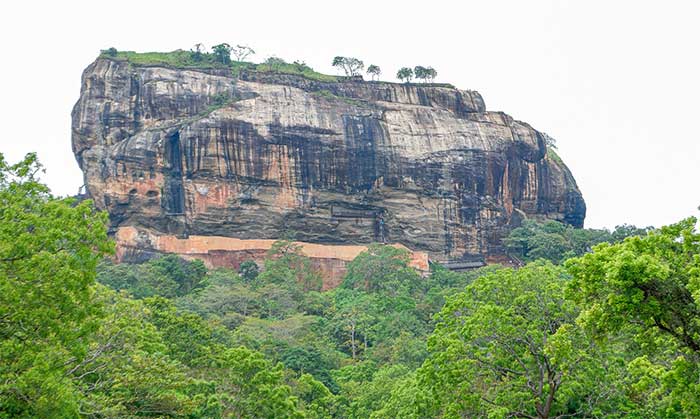
One of the most notable archaeological sites in Sri Lanka.
Sigiriya is one of the must-visit archaeological sites in Sri Lanka. Sigiriya originates from Sihagri, meaning “Lion Rock,” and is also known as the Lion Mountain. International visitors often refer to it as Lion Rock. In 1982, this structure was recognized by UNESCO as a World Heritage Site.
Sigiriya is a massive rock nearly 200 meters high, topped with a palace for the king, which later served as a Buddhist monastery. To admire this masterpiece, visitors must climb 1,200 narrow steps that cling to the rock face.

This place became a Buddhist monastery and was officially abandoned in the jungle.
According to guides, this structure was built during the reign of King Kashyapa I, who ruled the Sinhalese kingdom from 477 to 495 AD. He chose a high mountain in a remote area that was difficult to access from all sides as his stronghold, constructing a magnificent palace shaped like a lion, hoping to turn it into an impregnable fortress. Today, the remains include the lion’s paws guarding the entrance.
Despite its fortifications, Lion Rock could not protect the king. Betrayed by his soldiers and unwilling to die at the hands of his enemies, Kashyapa I committed suicide. Sigiriya became the ancient capital and later a ruin. It transformed into a Buddhist monastery and was officially abandoned, lost in the jungle since the 14th century.
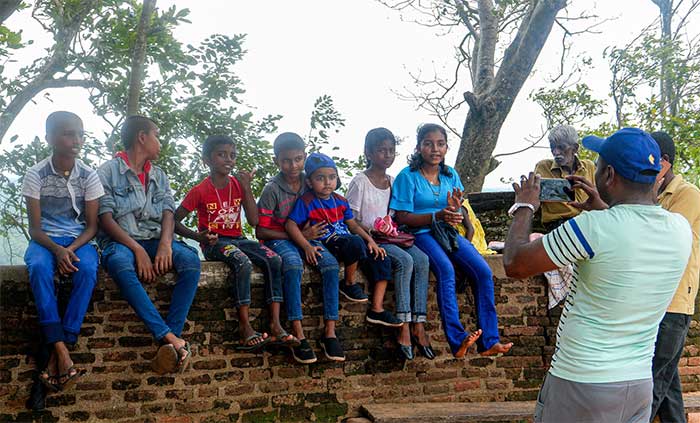
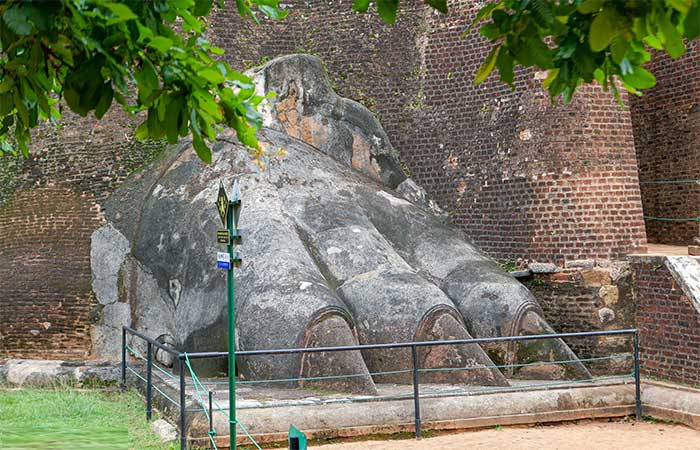
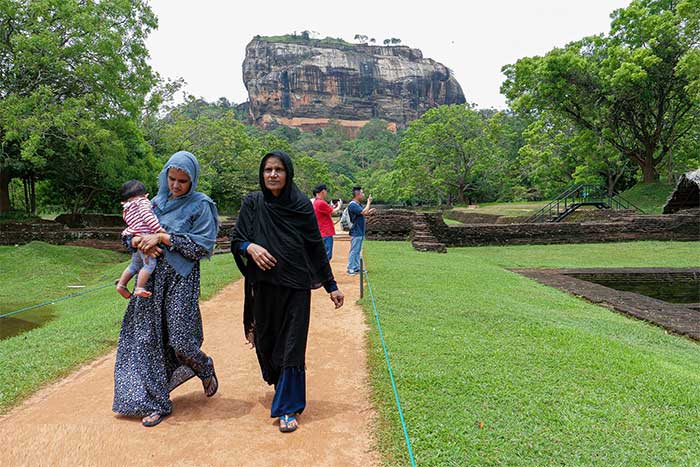
After numerous excavations, scientists discovered 150 villages around the area.
By the 19th century, this ancient wonder had the opportunity to be revealed. After extensive excavations, scientists found 150 villages and 200 large water tanks surrounding the fortress on the rock. The infrastructure was scientifically designed, including massive reservoirs, a comprehensive drainage system, and beautifully symmetrical gardens.
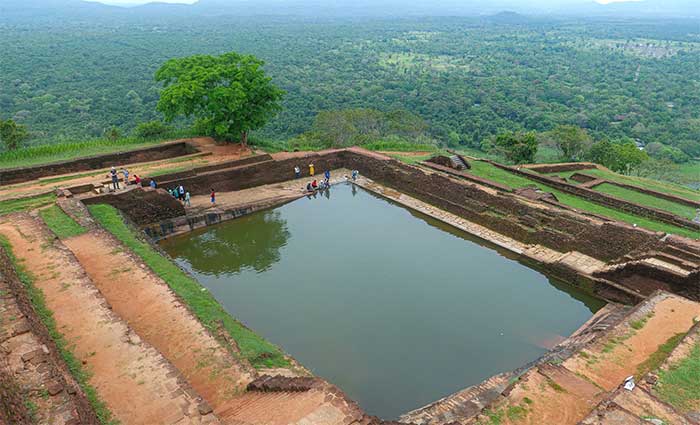
Some fountains still operate well during the rainy season, despite being 16 centuries old.
Historical records indicate that around 500 frescoes once covered the western face of Lion Rock. However, today, most of these paintings have been damaged.
On the other side of the wall, approximately 1,800 inscriptions, poems, comments, and emotional expressions from those who once visited are written in Sinhala, Sanskrit, Tamil, and more. However, since 1967, after an act of vandalism involving splattering paint on the wall’s surface, photography and touching the writings or frescoes are strictly prohibited.
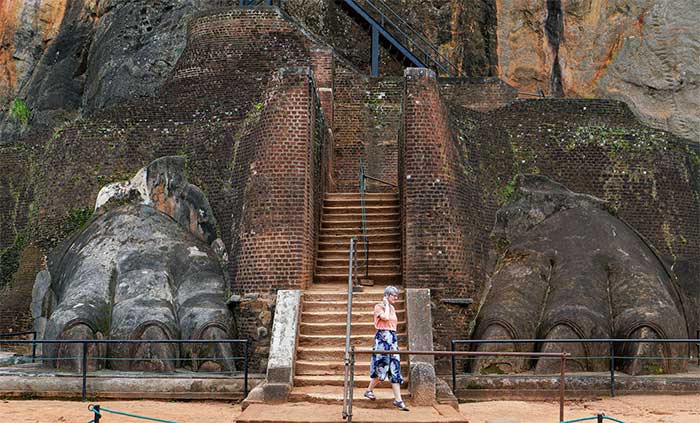
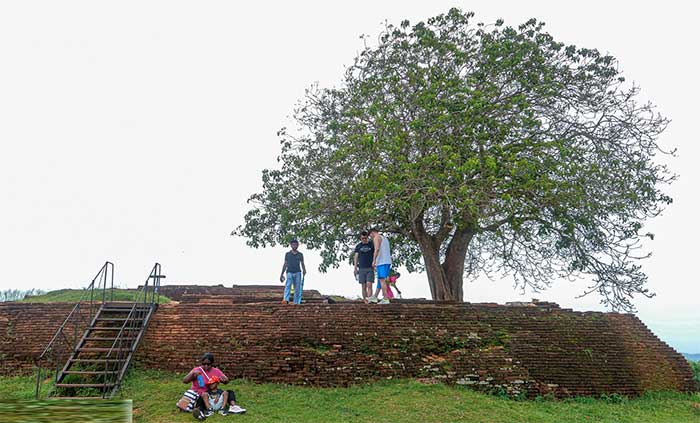
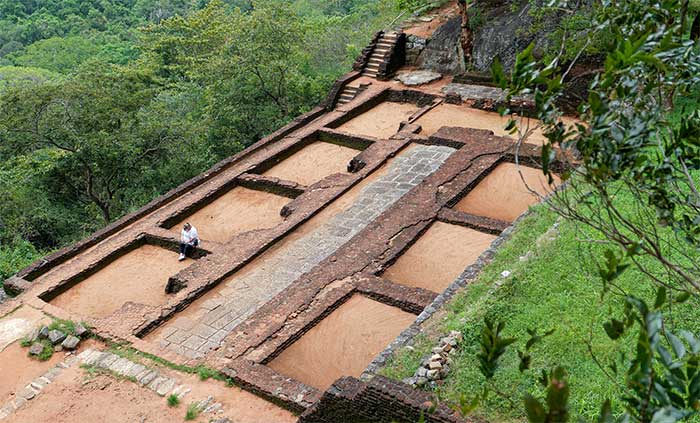
Dubbed the “eighth wonder of the world,” Sigiriya Lion Rock Fortress is a unique tourist destination for visitors.


















































